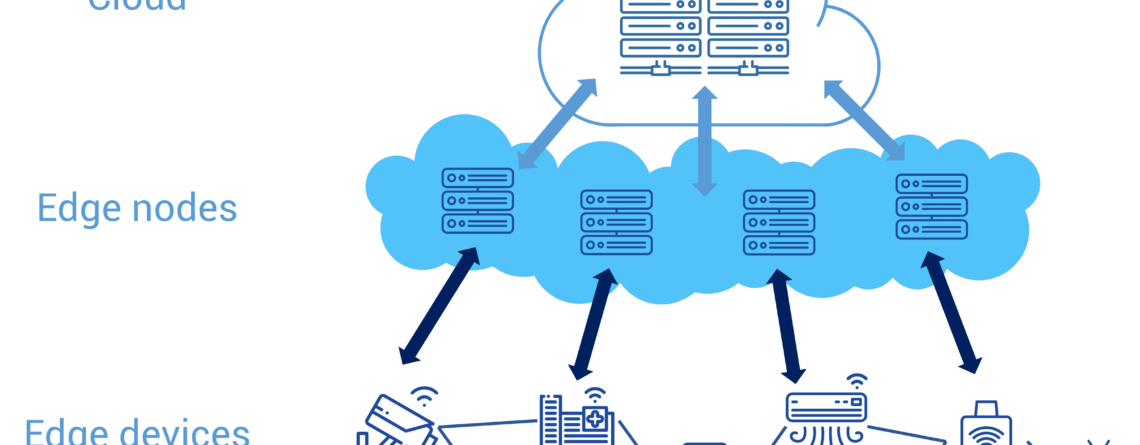Edge Computing Unveiled: Navigating the Rise
Staying abreast of technological advancements is key to gaining a competitive edge. One such innovation making waves is Edge Computing. The rise of Edge Computing has enormous implications for businesses. Let’s shed some light on how this paradigm shift is reshaping the landscape of IT infrastructure and operations.
1. Understanding the Basics
Edge Computing represents a departure from traditional cloud computing models by bringing computation and data storage closer to the source of data generation. Unlike centralized cloud servers, this distributes computing resources to the “edge” of the network, allowing data processing to occur closer to where it’s needed.
2. Improved Latency and Faster Processing Speeds
One of the primary advantages is a dramatic reduction in latency. With data processed at the edge of the network, businesses experience faster processing speeds and real-time data analytics. This is particularly crucial for applications requiring low latency, such as augmented reality, IoT devices, and autonomous vehicles.
3. Enhanced Reliability and Availability
Edge Computing enhances the reliability and availability of services by reducing dependence on a centralized data center. Decentralized processing ensures that even if one edge location experiences issues, other edge nodes can continue to function independently, minimizing disruptions to critical business operations.
4. Optimized Bandwidth Usage
By processing data locally, bandwidth usage is optimized. This is especially beneficial for applications generating large volumes of data, such as video streaming or IoT devices. By processing data at the edge, businesses can reduce the strain on network bandwidth and ensure efficient data transmission.
5. Empowering IoT and Real-time Applications
The proliferation of Internet of Things (IoT) devices is a driving force behind the rise of this trend. Businesses leveraging IoT can benefit from the immediate processing of data at the edge, enabling real-time decision-making and enhancing the overall efficiency of IoT applications.
6. Privacy and Security Considerations
Edge Computing addresses privacy and security concerns by processing sensitive data locally. Instead of transmitting all data to a centralized cloud server, critical information can be processed and stored closer to the data source. This decentralized approach enhances data privacy and reduces the risk of data breaches during transmission.
7. Scalability for Business Growth
Edge Computing provides a scalable infrastructure that aligns with the evolving needs of businesses. As a small business owner, you can benefit from the ability to scale computing resources horizontally by adding edge nodes, supporting business growth without the constraints of a centralized architecture.
8. Industry-specific Applications
The rise of Edge Computing is fostering industry-specific applications and innovations. In healthcare, for example, edge devices can process patient data in real-time, leading to quicker diagnostics and improved patient care. Similarly, in manufacturing, it enables predictive maintenance for machinery, reducing downtime and enhancing operational efficiency.
9. Artificial Intelligence (AI)
The convergence of Edge Computing and AI is opening new possibilities. Edge devices can process AI algorithms locally, allowing businesses to harness the power of machine learning for real-time decision-making without relying on a centralized cloud infrastructure. This is particularly advantageous for applications like facial recognition and predictive analytics.
10. Considerations for Implementation
Before embracing Edge Computing, businesses should carefully consider factors such as the nature of their data, the distribution of their user base, and the specific use cases that would benefit from edge processing. Collaborating with technology partners and consulting with experts can aid in formulating a strategic approach to adoption.
The rise of Edge Computing is heralding a transformative era. With advantages such as reduced latency, improved reliability, and enhanced scalability, it is becoming a game-changer across various industries. A business owner who understands the implications of this shift can strategically incorporate Edge Computing into IT infrastructure and position their business at the forefront of innovation, paving the way for improved efficiency, real-time capabilities, and sustained growth.











Leave a Reply